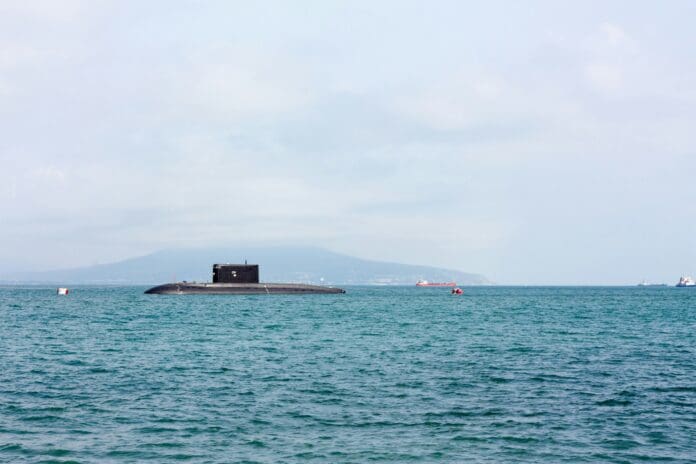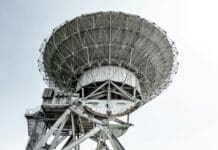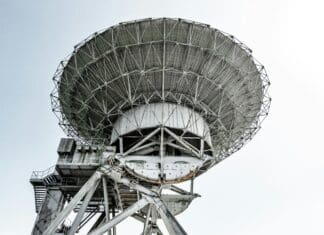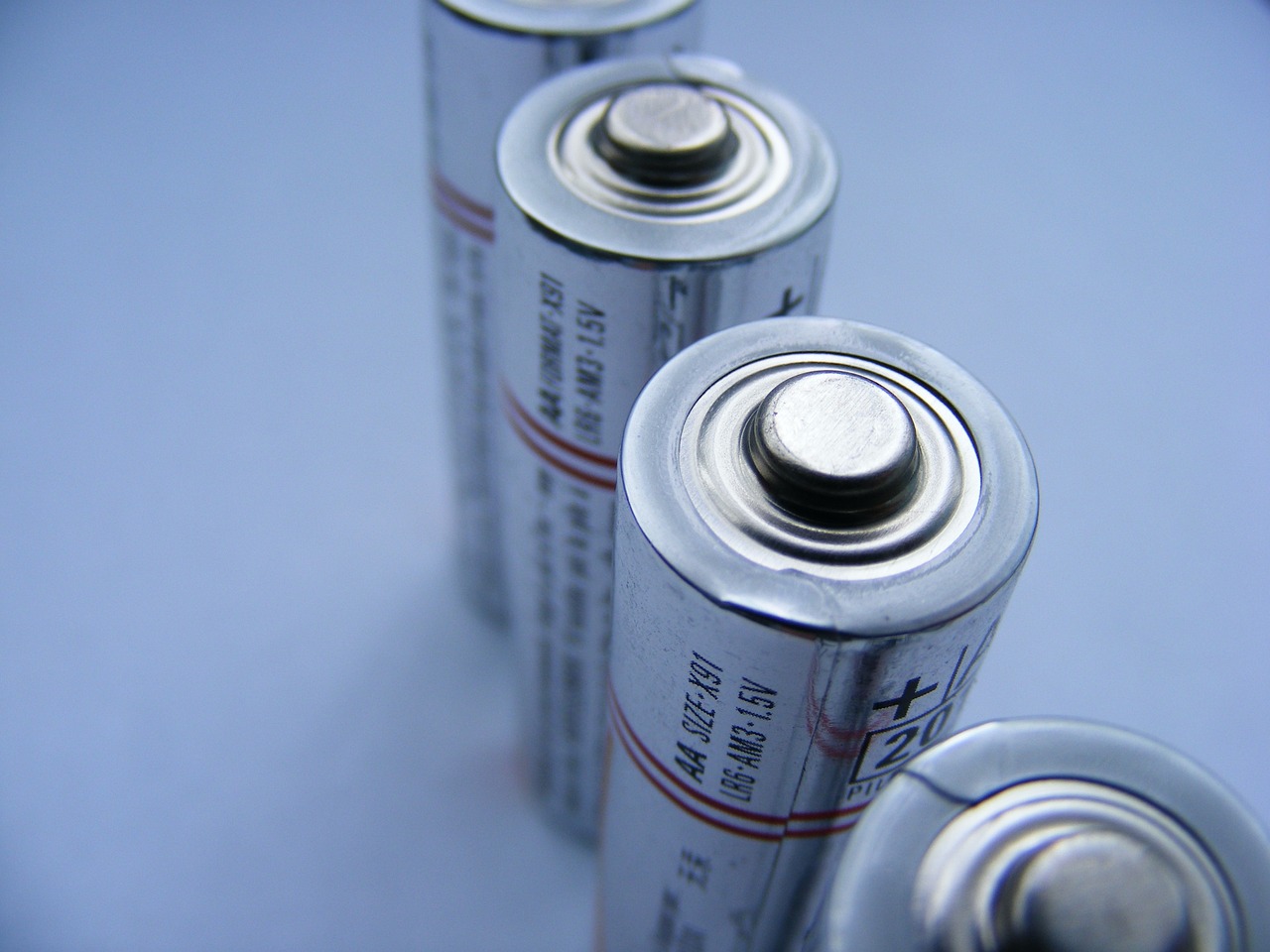This post is also available in:
 עברית (Hebrew)
עברית (Hebrew)
Defense company Anduril has developed an innovative solution designed to address the growing need for advanced underwater surveillance. Their new technology, Seabed Sentry, is an AI-driven, mobile undersea sensor node network designed for persistent, covert monitoring of underwater threats such as submarines.
Seabed Sentry functions by deploying autonomous sensor nodes across the seafloor. These nodes are networked together to provide continuous, real-time communication and surveillance without the need for traditional, costly cable-based systems. The AI-enabled system can operate at depths exceeding 500 meters, offering persistent awareness in remote underwater environments. Additionally, it has a remarkable endurance of several months to years, making it ideal for prolonged maritime operations.
Seabed Sentry offers a more efficient alternative to fixed surveillance systems that are expensive to install. The system is powered by Anduril’s Lattice AI platform, which enables the rapid integration of various sensors and payloads. This open architecture supports a wide range of applications, and can be adapted for both commercial and defense purposes. This way, it can be used from monitoring marine life to providing security for critical maritime infrastructure, according to the press release.
For defense applications, the system can play a crucial role in anti-submarine warfare, especially as countries like China and Russia continue to advance their nuclear submarine capabilities. Anduril’s Seabed Sentry can be deployed by autonomous underwater vehicles (AUVs) to form an effective defense grid, helping track and monitor the movements of these advanced threats.
As global military activity intensifies, particularly with the development of hypersonic and nuclear-powered submarines, Seabed Sentry could become an essential tool in ensuring maritime security. Its ability to operate covertly and autonomously, without being easily detected or requiring constant human intervention, positions it as a critical asset in modern defense strategies.


























